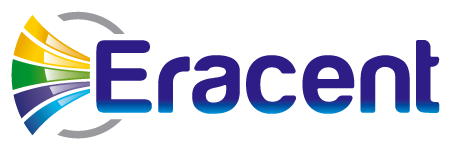When you’re observing a scenic landscape of the ocean, mountains or desert, do you prefer a narrow or panoramic view? A narrow view provides limited visibility, while a panorama is all-inclusive.
This same concept can be applied to data normalization. In Software Asset Management, data normalization is the process by which raw discovered data is transformed into straightforward, “as purchased” product titles. Initially, discovered data comes in a format that is not yet usable, while the Software Asset Manager needs to see recognizable names of the deployed software product titles. Data normalization gets rid of the noise and garbage in your raw data. However, this first level of normalization provides a limited view.
There is a second level of normalization that delivers an all-inclusive view. What if, in addition to general hardware recognition and software product titles, you were able to fill in the gaps with information such as makes, models, configurations, physical dimensions and end-of-support details? Wouldn’t access to in-depth information enable your organization to make more informed business decisions about managing and optimizing your IT assets? How do you acquire both the first and second levels of normalization?
Eracent’s Discovery Data Normalization with its SCANMAN™ application recognition knowledgebase addresses the first level. This process normalizes data and automatically populates fields in CMDBs and asset repositories, where it provides an easy-to-understand basis for ITSM processes, license reconciliation, optimization and invoice verification. SCANMAN normalizes and enhances inventory from SCCM, ServiceNow Discovery, Tivoli Endpoint Manager (TEM), Casper, HP Universal Discovery, TADfD, ADDM and other widely-used discovery tools.
To get to the second level, the IT-Pedia® IT Product Data Library provides normalization of data content, as it provides non-discoverable product attributes that supplement discovery and procurement data. With IT-Pedia®, you get vendor-approved, normalized names and many other elements about each IT asset. This completes the IT asset data picture with the panoramic view, giving your system of record more credibility. Now all the information you need to make important business decisions is readily available in one place.
When it comes to data normalization, it’s critical to use standard naming conventions across your IT ecosystem – otherwise, it becomes very challenging to understand IT asset counts. For example, the name of a software title must be identical within your purchasing system and asset repository so that they match and you know that they are one in the same. Trying to match up software titles that have a variety of names is extremely labor-intensive, so it’s important to use a common language across your enterprise. SCANMAN and IT-Pedia® use standard naming conventions to avoid this issue, as well as vendor and reseller part numbers and SKUs. SCANMAN has SKUs built into the software recognition library and can cross reference the SKUs in IT-Pedia®, tying the information together. The SKU is the key to making sure you’re talking about the same product.
Which level of data normalization do you need…the limited or panoramic view?

– by William Choppa
William Choppa is the President of Eracent. He has almost twenty years’ experience helping clients meet their ITAM and SAM challenges with his knowledge of technical solutions and business process best practices.





